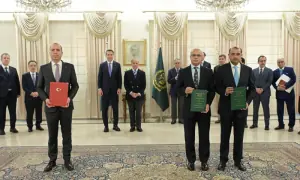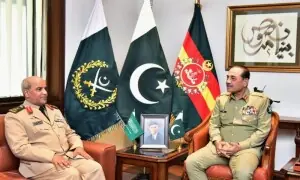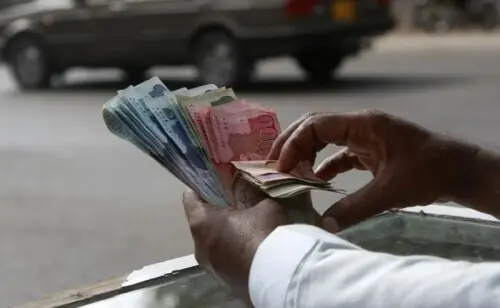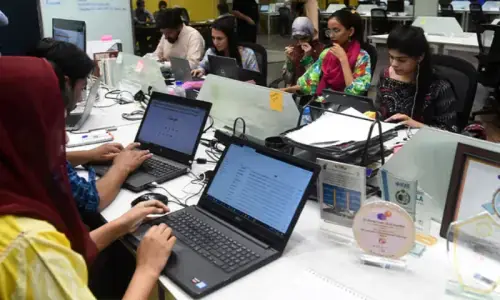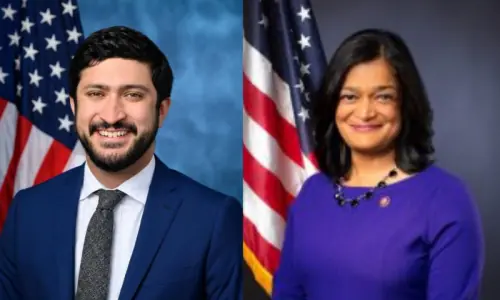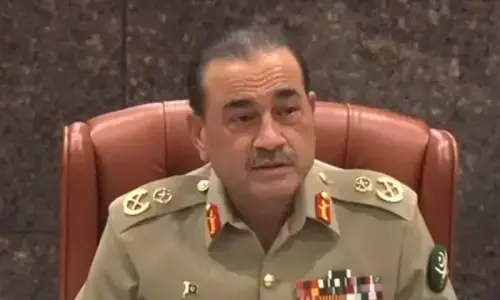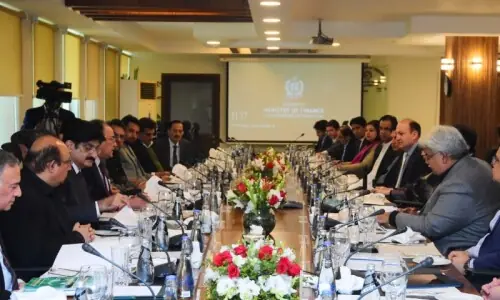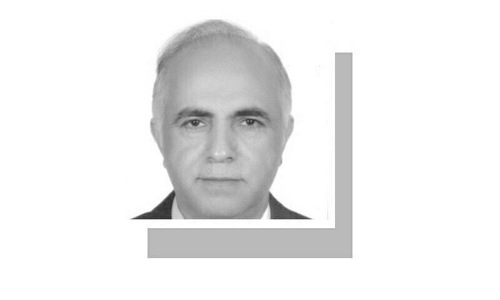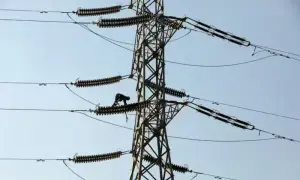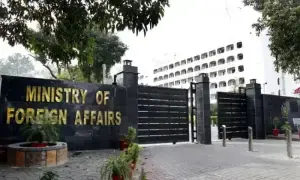INDIA has neither suspended nor abrogated the Indus Waters Treaty (IWT). It has held it ‘in abeyance’ which is neither a technical nor a legal term in the treaty. The announcement represents a belligerent political action rather than a legal decision. Pakistan’s response therefore has to be primarily crafted in the political realm. The present status has left the door open for the treaty’s rehabilitation. Can Pakistan provide the Modi government a diplomatic opening, or a fig leaf, to engage in a meaningful process to preserve the treaty?
In the immediate term, India will not get extra water, nor will freshwater flows to Pakistan diminish. The engagement process therefore needs a long view. Since maintaining the treaty offers greater advantages to both nations, how can they look back and draw some lessons for future water relations within and outside the treaty?
India’s April 24 letter to Pakistan argued that fundamental changes in circumstances necessitated reassessment of treaty obligations. These changes include altered population demographics, clean energy development imperatives, and cross-border terrorism allegedly impeding India’s full utilisation of treaty rights. For precisely these reasons, the two countries need the treaty more than ever before. None of the listed issues can be addressed unilaterally by either side.
Regrettably, these issues were never formally raised by India in the Permanent Indus Commission (PIC) meetings. The negotiators from India and Pakistan, predominantly civil engineers, failed to recognise that climate change was altering the Indus basin hydrology, creating challenges beyond the treaty’s original scope. They failed to utilise Article 7 as a framework through which both nations could have collaboratively addressed the issues without treaty renegotiation.
The Indus basin has experienced unprecedented climate impacts including shifting monsoon patterns, extreme precipitation events and accelerated glacial melt. Water availability has begun to decrease, with projections indicating continuing decline. The IWT employed fixed allocation mechanisms not always suited to hydrological variability while PIC meetings remained infrequent and adversarial rather than collaborative.
Negotiators displayed no desire to study and adopt global best practices in transboundary water management.
Article 7 provided the legal foundation for future cooperation and “optimum development” of the rivers, yet it remained largely unutilised. India never requested the creation of specialised working groups under the PIC focused on climate adaptation and extreme weather response, the energy needs of the two sides or changing demographic trends. A joint climate research agenda examining glacial melt, changing precipitation patterns, and climate impact on water flows would have built mutual understanding of shared challenges.
Likewise, Pakistan never raised the subject of transboundary water terrorism. Not surprisingly, both nations failed to establish real-time coordination mechanisms for flood warnings, drought management and other extreme events. More agile dispute-resolution mechanisms would have prevented the escalation of tensions. The commission never increased the meetings’ frequency beyond the minimum twice yearly for more responsive governance.
The negotiators also did not show any appetite to study and adopt global best practices in transboundary water management. Approximately, 40 per cent of the global population relies on shared water sources, with 70pc of transboundary basin areas governed by treaties. The Ganges Water Treaty between Bangladesh and India, despite its imperfections, offered a regional model with provisions for water-sharing during droughts and a Joint Water Commission mandated to conduct studies on water-sharing, irrigation, and flood control.
The Permanent Joint Technical Commission on the Nile Basin represented another valuable model despite controversies surrounding Ethiopia’s Grand Ethiopian Renaissance Dam. This framework enabled upstream and downstream countries to make recommendations for cooperation in energy generation, dam filling, or water allocations during extraordinary droughts.
Water management experts had identified four key mechanisms that transboundary agreements should incorporate: flexible allocation strategies, specific drought and extreme weather provisions, regular review processes and strong institutional frameworks.
Despite past failures, the door remains open for both countries to rehabilitate the treaty. The World Bank, as the third signatory to the IWT, retains significant potential to facilitate this process. Article IX explicitly designates the World Bank as a potential mediator when differences arise, and this mechanism remains available despite the current tensions. Neither party appears to have informed the World Bank of recent developments. Pakistan need not hold back.
The World Bank’s unique position enables it to facilitate technical dialogues separated from political rhetoric. There is a case for the bank to expand beyond its role of appointing neutral experts or arbitrators, and bring together international experts with experience in successful transboundary water cooperation models like the Danube river basin, which transformed from a contested resource into “an emblem of peace and cooperation in Europe”.
Using the trust fund created when the treaty was signed in 1960, the World Bank can help India and Pakistan undertake studies on implementation experiences from agreements like the Mekong River Commission, which has developed sophisticated joint monitoring protocols for changing flow conditions.
Rather than allowing the treaty to stagnate, India and Pakistan can rehabilitate it through incremental technical cooperation. The World Bank could be requested to facilitate initial technical dialogues on non-controversial aspects of climate impacts, growing regional hydro energy needs, and gradually building momentum for more complex discussions. Article 7 remains the most viable pathway for tackling the issues raised by India without reopening the entire treaty.
There is still an opportunity to establish specialised technical working groups. Protocols for coordinated responses to extreme weather events, following models from other basins, could be developed without altering the treaty’s core structure.
The IWT remains a viable framework for transboundary water cooperation, but its implementation must evolve. By transforming climate challenges into opportunities for technical cooperation, India and Pakistan can ensure water security while potentially rebuilding a foundation for regional stability. The World Bank’s involvement as an honest broker could provide a neutral platform for this technical renaissance, allowing professionals to work beyond political constraints while giving the leadership in both countries space for a face-saving return to cooperative water governance. After all, it is in everyone’s interest to deweaponise regional waters rather than have a dysfunctional treaty parked in indefinite abeyance.
The writer is a climate change and sustainable development expert.
Published in Dawn, May 16th, 2025







